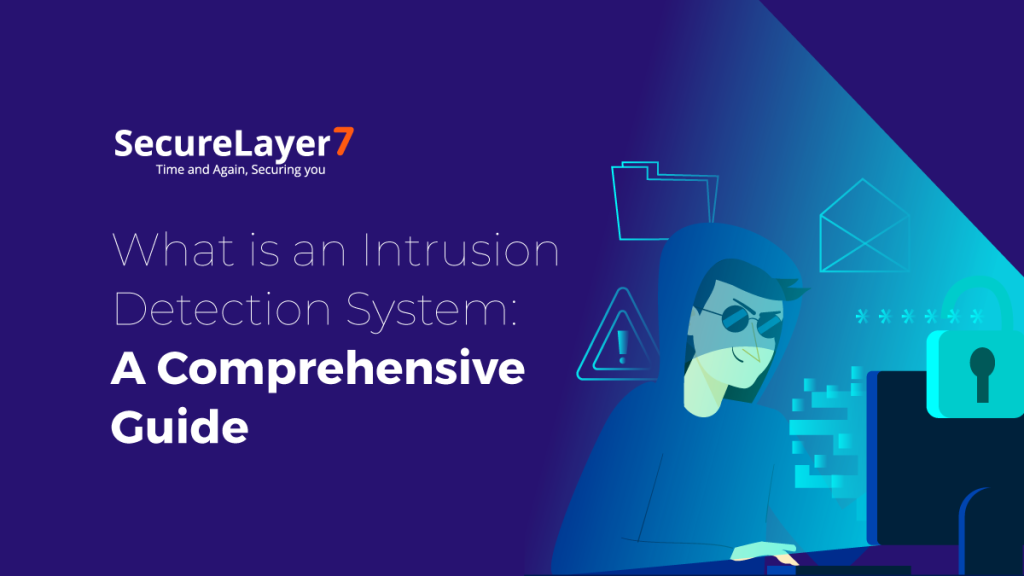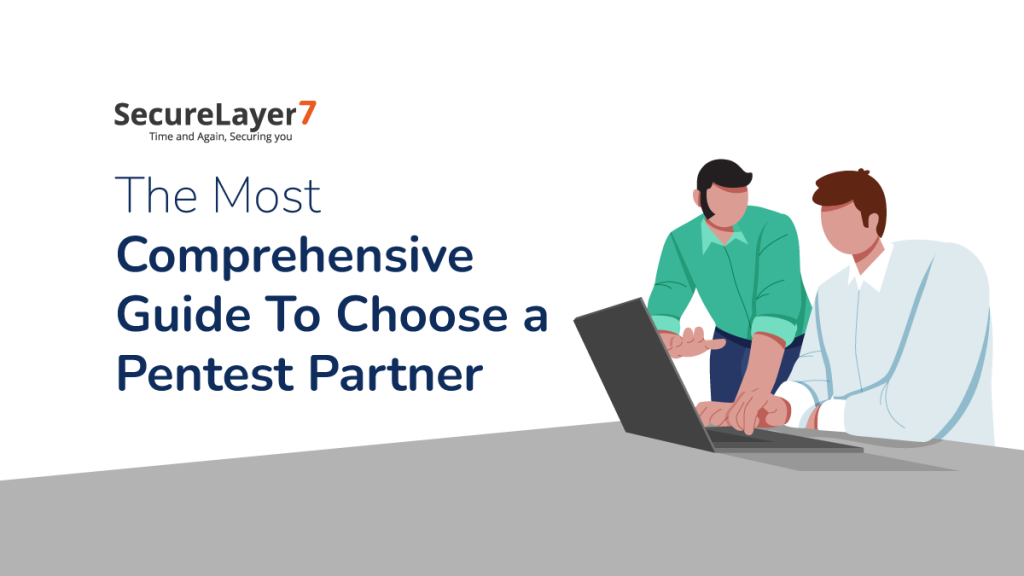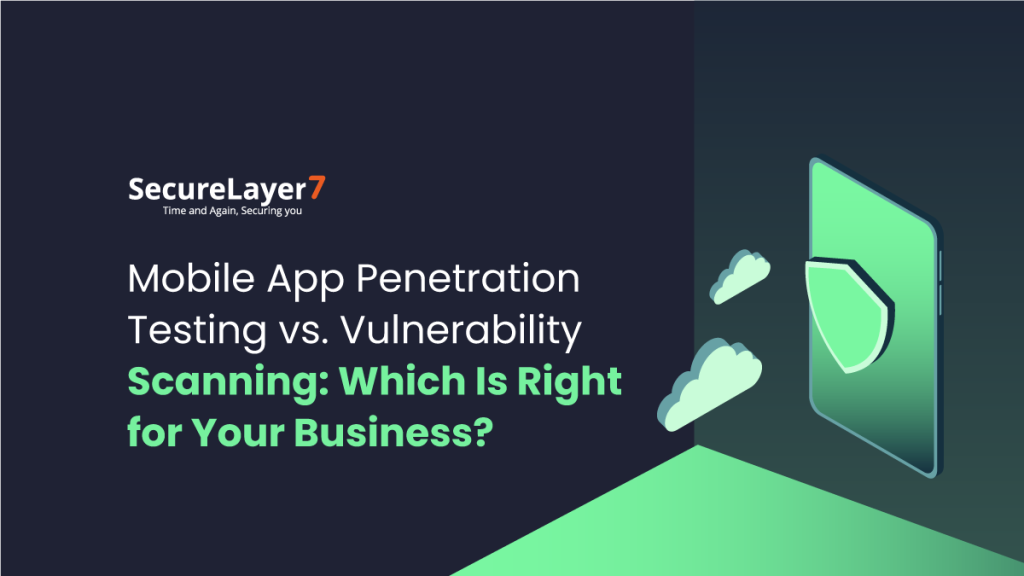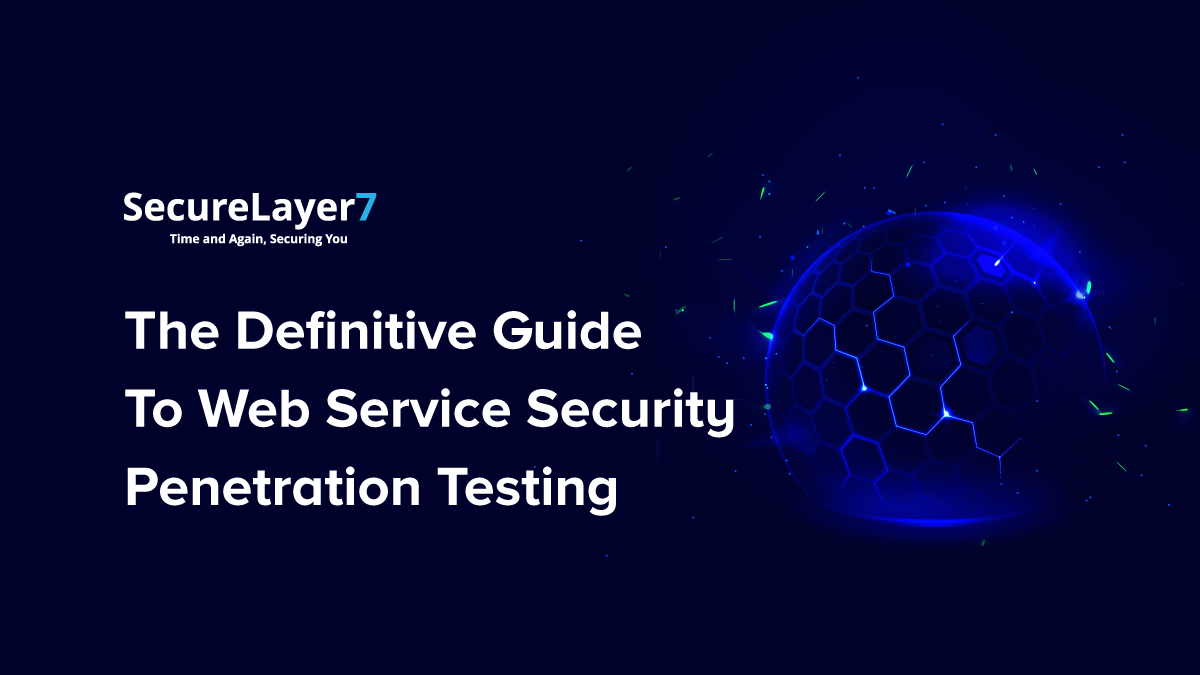
The Definitive Guide To Web Service Security Penetration Testing
November 25, 2022
Does HIPAA Require Penetration Testing Service
December 13, 2022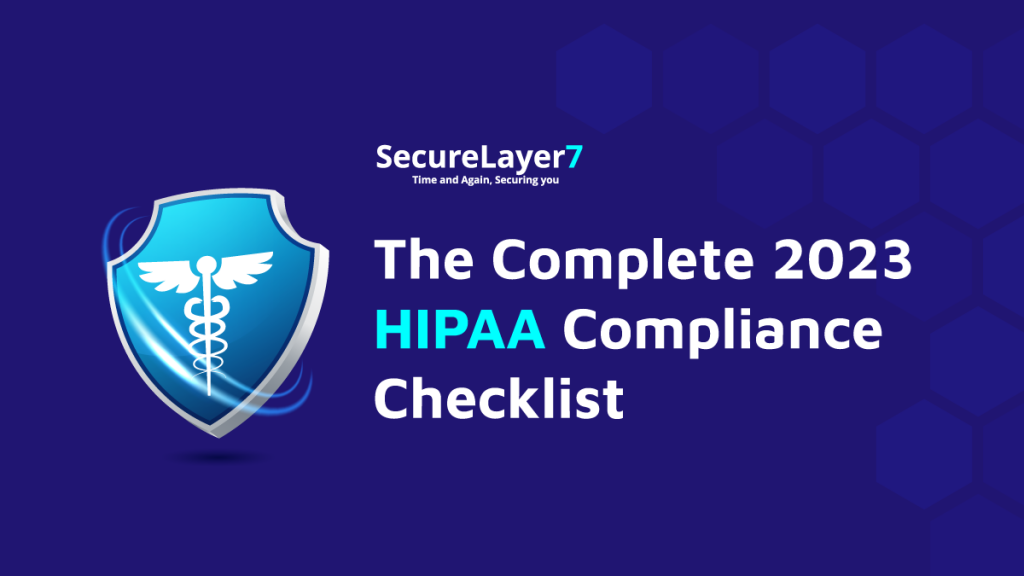
A recent US-based study on HIPAA awareness suggested that only 25% of respondents knew about HIPAA and what steps to take to ensure its compliance. In comparison, to varying degrees, the remaining 85% of respondents had either never heard of it, had little knowledge about it, or only knew about its basics.
To avoid facing the repercussions of such non-adherence, it is essential as healthcare providers to understand what HIPAA compliance is, what it means for healthcare organizations, and if your business qualifies as an entity that requires it.
This need is primarily because HIPAA compliance effectively increases healthcare efficiency and health insurance portability while safeguarding patient and health plan member data from falling into the wrong hands.
This article provides a simple HIPAA compliance checklist to help healthcare businesses avoid HIPAA complaints and improve how to safely store and handle healthcare receivers’ protected health information (PHI).
What is HIPAA compliance?
HIPAA compliance is a crucial culture that healthcare organizations must implement and follow to protect the security, privacy, and integrity of their PHI. Deploying and maintaining suitable physical, network, and process security measures is the guideline businesses must follow to be HIPAA compliant and safeguard PHI.
Who needs to be HIPAA compliant?
If you handle PHI, you may fall under one of the categories that require you to adhere to HIPAA. The following groups of people or entities should be HIPAA compliant at all times:
Covered entities:
Doctors, psychologists, dentists, clinics, chiropractors, nursing homes, pharmacies, and insurance companies are all examples of covered entities. HIPAA compliance is essential for these entities because they often have direct access to and use PHI to provide patient healthcare.
Business associates:
Business associates do not provide healthcare but work with the covered entities and PHI to assist healthcare providers and their stakeholders. They primarily consist of accountants, lawyers, administrators, and IT personnel.
Key aspects of HIPAA compliance:
Some of the critical aspects of HIPAA compliance are:
Policies
The first step towards HIPAA compliance is developing solid policies and cyber security practices that define how healthcare stakeholders should safeguard patient information.
For utmost compliance, you must give covered entities and business associates a well-documented transparent set of policies, training programs, standards, and procedures that detail all policy requirements and limitations.
Safeguards
Keeping physical and digital safeguards in place to protect health information from getting compromised by malicious actors is an excellent practice for achieving HIPAA compliance.
Maintaining complex passwords and preventive methods such as MFA are excellent safeguards to prevent data and system compromise.
Risk assessments
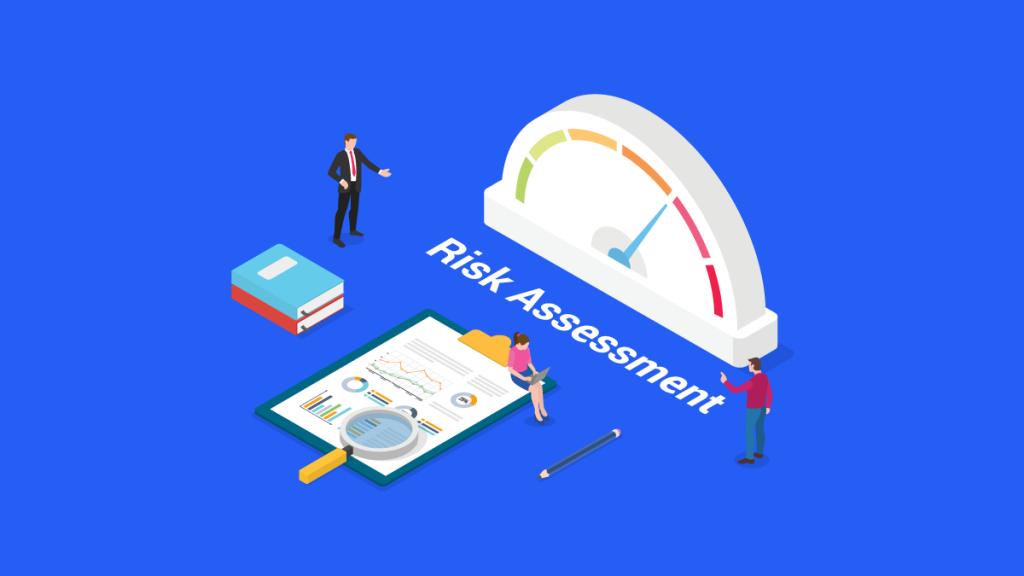
Periodical risk assessments on all healthcare stakeholders, including administrative departments, technical support, and security teams, ensure that the organization and its covered entities and processes always comply with HIPAA regulations.
It also is a great way to identify and mitigate any security gaps that can lead to potentially harmful organizational events such as data leaks.
Violation redressals
HIPAA violations can occur in many ways, where some are inadvertent mistakes or, in other cases, outright malpractice or fraud. Either way, these violations do occur from time to time. Organizations must have the right processes to identify these violations, determine their root cause, and take corrective measures to ensure they never occur again.
Remember, the more effective your violation redressals are, the quicker you can mitigate issues before they do any actual harm.
The checklist to becoming HIPAA Compliant
Designed around the HIPAA privacy and security rules, here’s a complete checklist your organization could follow to stay HIPAA complaint:
HIPAA privacy and security rules

Every healthcare receiver has legal rights regarding how covered entities use their PHI through the privacy rule, which helps govern and regulate the flow of sensitive patient information. It provides the necessary framework to use and share PFI without compromising healthcare quality.
The privacy rule is flexible and comprehensive enough to cover all potential use cases of valuable patient data by covered entities and does not apply to business associates.
Determine if the privacy rule applies to your business
While the privacy rule mainly applies to covered entities, it is essential to determine if it applies to your business or healthcare organization.
Covered entities comprise doctors, nurses, pharmacies, HMOs, government healthcare plans, private healthcare plans, and healthcare clearing houses that acquire PHI from other entities and process it into a standard format.
Determine the types of patient data that need to be protected
When stowing or sharing individually identifiable health information, it is important to explore which data should be protected and employ the appropriate security and privacy measures to keep it safe.
This protection is essential because the housed information can personally identify a patient’s banking information, health conditions, and the personal details of individual patients that otherwise may not be available to any member of the general public.
Some of the types of patient data that healthcare providers should protect are:
- Patient name
- Gender
- Date of birth
- Contact information
- Patient photos
- Biometrics
- Social security numbers and other sensitive identification document details
- Information on medical ailments, treatments, and schedules
- Bank account details
Safely storing and protecting all mediums of this information is the next crucial step in the HIPAA checklist.
Protect against potential HIPAA violations
Whether your organization’s HIPAA violations stem from stakeholder negligence or deliberately purported to cause harm, it is crucial to know what these transgressions are and how to stop them.
Remember, you can only take preventative action if you understand the nature and reasoning behind these violations.
Here are some of the methods to avoid HIPAA violations:
Study data breaches
A robust cybersecurity system can be an effective preventative measure against external attacks or breaches. Avoiding internal breaches may require additionally employing the best internal security processes and training programs.
These measures are an excellent way to protect PHI.
Identify recurring violations
You can better defend yourself against upcoming attacks by understanding the most common HIPAA violations.
The knowledge you gain from prior attacks can be paramount in identifying and filling any security gaps to be a more robust line of defense against future incursions of the exact nature.
A good starting point would be to focus on attack vectors such as hacking, ransomware, malware, and equipment theft, the most common types of HIPAA violations.
Lookout for minor breaches
The right processes can help identify minor violations that are more likely to go unnoticed and potentially harm the organization. Remember, the HIPAA Breach Notification Rule demands that a specific course of action be performed in the event of even minor breaches and must be adhered to at all costs.
Stay prepared for major breaches
A significant breach can lay waste to an organization and, on occasion, even hinder healthcare quality by putting the patient’s health, safety, and finances at considerable risk.
During these circumstances, healthcare operators must immediately notify the relevant authorities to attempt to apprehend the culprits and the affected patients to protect themselves from financial or other repercussions of the breach.
Stay updated on HIPAA changes
HIPAA compliance is more than just a one-time task that you place on the back burner after initial implementation.
It is a constantly evolving and changing landscape that requires healthcare businesses to continually update themselves to combat emerging attack vectors and potential threats.
The best practice would be to ensure your organization keeps tabs on the latest updates and changes that strengthen systems and processes.
By staying compliant with the latest HIPAA changes, you confirm that your organization and its patients remain protected against a growing list of potential threats.
Practice documentation
One of the best practices is maintaining documentation on all your organization’s efforts toward achieving and maintaining HIPAA compliance.

This task is made relatively easy by service providers that provide HIPAA compliance software that allows you to enter and track your security measures seamlessly, PHI sharing information, and breaches.
If the worst does occur, you will still have the documentation to support your efforts and help identify overlooked vulnerabilities.
Report breaches
The HIPPA Breach Notification Rule dictates that healthcare businesses must inform the affected parties of any potential breach of their personal information. It is crucial to follow this rule as it allows the victims to employ all means possible to protect themselves from any harm.
The right cybersecurity policy and processes should be able to quickly inform without delay the victims, law enforcement, regulatory authorities, and other relevant stakeholders during times of crisis.
Stay HIPAA compliant with penetration testing
Secure layer7’s pen tests help you scan, review and isolate web services and configurations that are HIPAA non-compliant to keep your PHI optimally protected. We help customers to spot risky web service authentication, authorization, and logic vulnerabilities that may result in sensitive patient data breaches.
Our PaaS services include web application testing, mobile app penetration testing, thick client penetration testing, and VOIP penetration testing. Through our platform and continuous pen tests, secure your HIPAA compliance and always remain protected against all new and emerging attack patterns. Contact us now to find out more.
